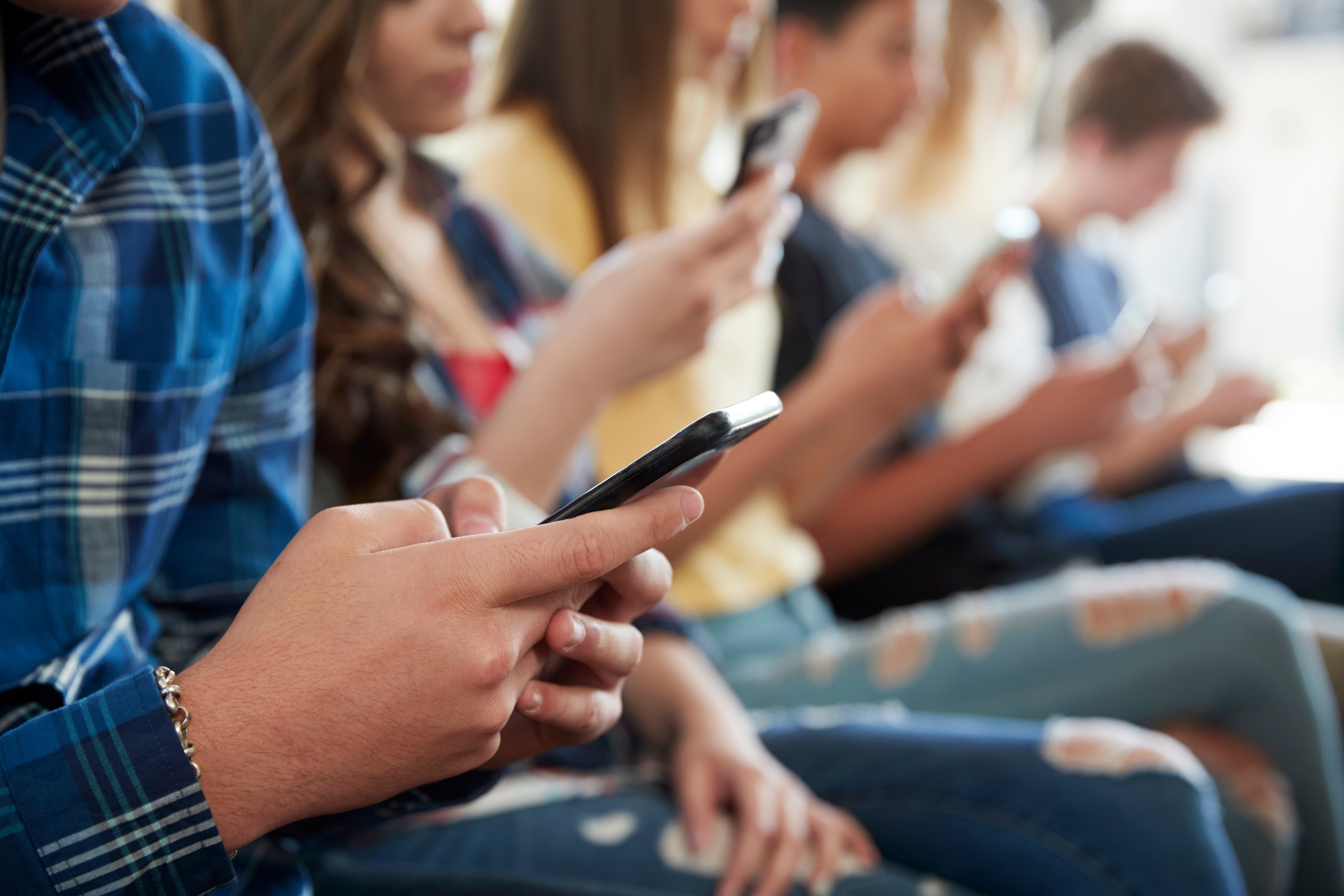Ed Tech Blog

Taking notes is a fundamental academic skill that helps students process and retain information. However, many students struggle with the next step: effectively using their notes to enhance learning. Simply having a notebook filled with notes is not enough; students need strategies to transform their notes into useful study tools. Developing strong note-usage habits can not only improve test performance but also boost overall comprehension and long-term retention. Here are several techniques educators can teach students to maximize the value of their note-taking efforts.
Reviewing Notes Regularly
One of the most common mistakes students make is only looking at their notes right before an exam. Instead, encourage them to review notes soon after class while the material is still fresh in their minds. This helps reinforce learning and allows students to identify areas that need clarification. Reviewing notes daily, even if only for a few minutes, can help solidify knowledge over time. Students should also consider revisiting older notes periodically to maintain a broad understanding of previously covered topics, rather than cramming at the last minute.
Organizing Notes for Easy Reference
Messy, disorganized notes can be difficult to review. Students should use clear headings, bullet points, and highlighting techniques to structure their notes. Organizing information by topics, concepts, or themes makes retrieval easier and aids comprehension. Color-coding notes can also be beneficial. For instance, using different colored pens for key terms, definitions, and examples can create a visual hierarchy that makes studying more efficient. Digital tools can further assist with organization by allowing students to categorize notes into folders or tag important information for easy access later.
Summarizing Key Concepts
Encourage students to summarize their notes in their own words. This process deepens understanding and ensures they grasp the main ideas rather than just copying down information. Summaries can be...
Read more: Beyond Note-Taking: How Students Can Turn Notes into Powerful Learning Tools

As technology becomes more integrated into education, digital learning tools provide incredible opportunities for students to collaborate, explore, and enhance their knowledge. However, these same tools can be misused, leading to a growing problem: cyberbullying. When students use technology to harass, intimidate, or harm their peers, schools must step up with effective solutions. Cyberbullying is distinct from traditional bullying in that it is often anonymous, persistent, and reaches a wider audience in a much shorter time frame. This makes it even more crucial for educational institutions to adopt preventive measures and intervention strategies.
Fortunately, advancements in technology also offer ways to prevent, detect, and combat cyberbullying, ensuring a safer and more inclusive learning environment. In addition to deploying technological solutions, schools must also foster a culture of digital citizenship and responsibility. This means educating students, teachers, and parents on how to recognize cyberbullying, take action against it, and create an environment that discourages online harassment. By doing so, schools can address the problem from multiple angles, ensuring comprehensive protection for students.
Understanding Cyberbullying in Schools
Cyberbullying involves the use of digital platforms—such as social media, messaging apps, and online forums—to spread harmful, false, or mean-spirited content about individuals. Unlike traditional...
Read more: Cyberbullying in Schools: How Technology Can Detect, Prevent, and Stop Online Harassment

For decades, the term "science of reading" has been most commonly associated with phonics—the systematic teaching of letter-sound relationships. Phonics is certainly essential for decoding words, but the true complexity of literacy extends far beyond simply sounding out syllables. To redefine the science of reading, educators must consider a broader framework that incorporates rich content knowledge, explicit writing instruction, and insights from cognitive science. This comprehensive approach will ensure that students are not just decoding words but also gaining the skills to comprehend, analyze, and communicate effectively.
Phonics: The Foundation of Literacy, But Not the Whole Picture
Phonics is a fundamental component of early literacy. Decoding words correctly is an essential skill that lays the groundwork for later reading success. Studies have shown that systematic phonics instruction helps children connect letters to sounds, enabling them to read words fluently. However, while phonics is crucial, it does not guarantee that students will understand the material they read. A child who can sound out words might still struggle with comprehending the meaning of the text, particularly if the content is unfamiliar or complex. Therefore, phonics should be seen as the starting point, not the end goal, of literacy development. To achieve true...
Read more: Beyond Phonics: A Holistic Approach to Redefining the Science of Reading

In today’s fast-evolving educational landscape, the concept of flexible learning environments has gained prominence. Whether in traditional classrooms, hybrid settings, or fully online platforms, educators increasingly recognize the importance of designing spaces that adapt to diverse learner needs, preferences, and circumstances. But what does it mean to intentionally create flexible learning environments, and why is it so critical? Let’s explore this concept in depth, breaking down the elements, strategies, and benefits of flexibility in education.
Understanding Flexible Learning Environments
Flexible learning environments prioritize adaptability in how, when, and where students engage with learning materials. They transcend the traditional one-size-fits-all approach by offering choices in pacing, instructional methods, and assessment styles. At their core, these environments aim to empower students, acknowledging that learning is not a linear journey but a personalized experience influenced by individual circumstances. By considering the unique needs of students, flexible environments ensure that education remains accessible, engaging, and relevant.
This approach goes beyond physical spaces, extending into the realms of curriculum design and pedagogy. For example, a flexible environment might allow a student to alternate between in-person and virtual attendance or to access course materials asynchronously. The emphasis is on giving learners control over their educational journey,

The debate over whether to ban phones in schools has been a contentious issue for educators, parents, and students alike. As mobile devices become an integral part of daily life, schools face the challenge of balancing their benefits with the potential distractions they bring. This blog explores the pros and cons of banning phones in schools to help determine whether such a policy is beneficial.
The Negative Impact of Phones in Schools
Distractions and Academic Performance: One of the primary reasons for banning phones in schools is to minimize distractions. Studies have shown that students who use their phones during class have lower levels of concentration and academic performance. Social media, messaging apps, and games can easily divert students' attention from lessons, reducing overall engagement in the learning process. Additionally, students who frequently use their phones during lessons often struggle with multitasking, which can impair their ability to absorb and retain new information. The constant notifications and alerts from mobile devices create an environment that disrupts deep learning and critical thinking.
Improved Test Scores and Academic Achievement: Research suggests that schools with phone bans often see an improvement in student test scores. Without the constant temptation of checking their devices,
Read more: Should Phones Be Banned in Schools? A Balanced Look at the Debate

Assessing student learning effectively is a challenge for educators, as traditional methods such as class-wide tests and exit tickets may not accommodate diverse learning paces. One alternative gaining traction in modern classrooms is the use of Mastery Checks, a flexible assessment tool that allows students to demonstrate understanding at their own pace. By shifting the focus from rigid testing schedules to individualized progression, Mastery Checks empower students to take control of their learning while enabling teachers to provide more meaningful support.
What Are Mastery Checks?
Mastery Checks are brief, targeted assessments designed to evaluate whether a student has achieved proficiency in a particular skill or concept before moving on to the next level of learning. Unlike traditional assessments, these checks are individualized, meaning students take them when they feel ready, rather than on a predetermined schedule. This approach acknowledges that learning is not linear and that students progress at different rates depending on their prior knowledge, learning style, and engagement levels.
Mastery Checks can take many forms, including short quizzes, one-on-one discussions, hands-on demonstrations, or even project-based assessments. The key is that they are designed to measure true understanding rather than mere memorization. When implemented effectively, these assessments ensure that...
Read more: Mastery Checks: A Student-Centered Approach to Assessment
- Maximizing Classroom Organization: The Power of a Daily Agenda Board
- AI-Powered Honeypots: The Future of Cybersecurity in K–12 Schools
- Enhancing School Safety: How Visitor Management Systems Strengthen Access Control in K–12 Schools
- Balancing Innovation and Integrity: Modeling Responsible AI Use in Education
